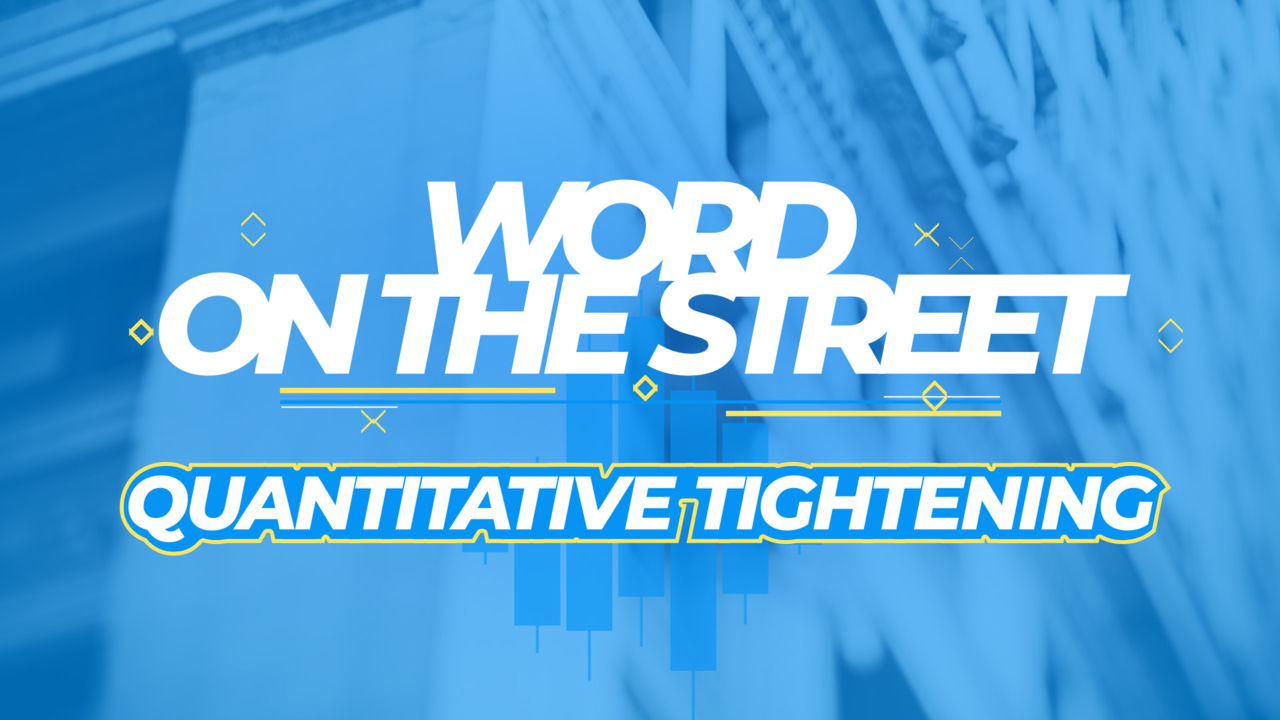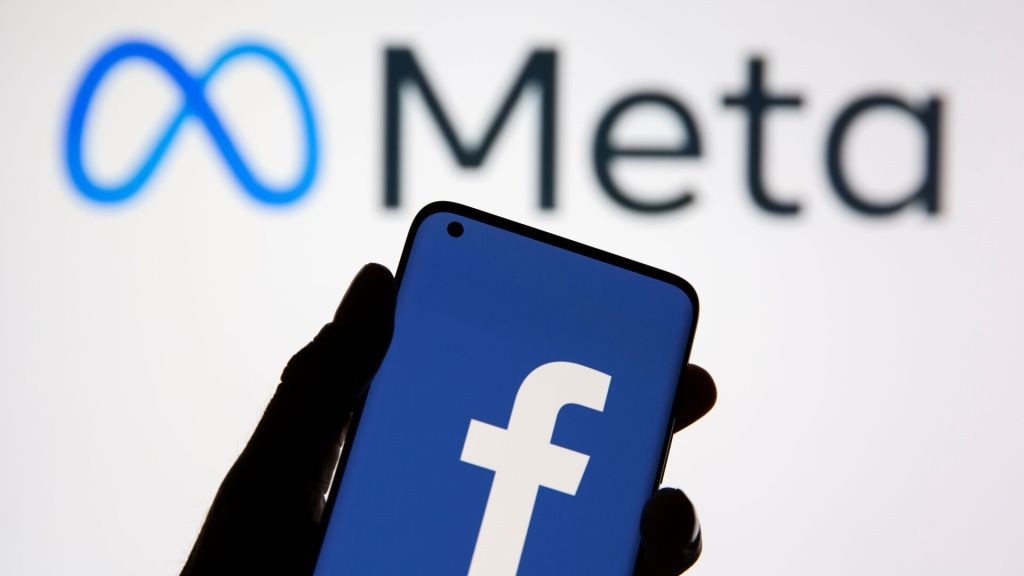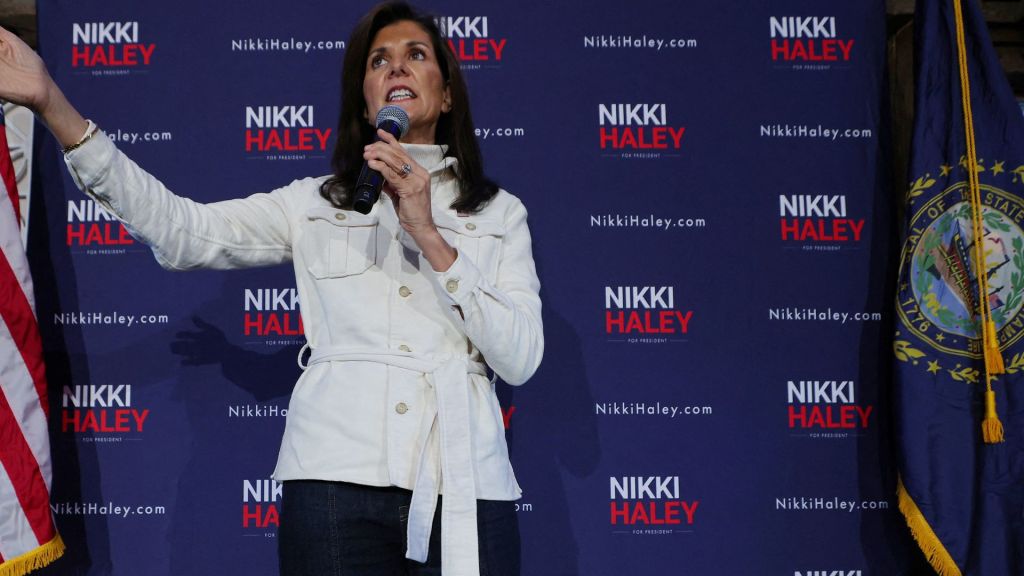
YOUTUBE CLIP: that dreaded day when quantitative tightening starts to happen.
NEWS CLIP: four hikes plus q-t quantitative tightening.
SIMONE DEL ROSARIO: FOR JUST THE SECOND TIME IN MODERN HISTORY
NEWS CLIP: We see quantitative tightening actually start.
SIMONE DEL ROSARIO: AS THE FEDERAL RESERVE TRIES TO DRAW DOWN ITS UNPRECEDENTED NINE TRILLION DOLLAR BALANCE SHEET.
THAT’S MORE THAN DOUBLE WHAT THE CENTRAL BANK HAD ON HAND BEFORE THE PANDEMIC.
FEDERAL RESERVE CHAIR JEROME POWELL: I would just stress how uncertain the effect is of shrinking the balance sheet.
SIMONE DEL ROSARIO: THE HOPE IS THAT TIGHTER MONETARY POLICY WILL COOL 4-DECADE HIGH INFLATION.
ECONOMIST RICHARD WOLFF: We are always throwing Hail Mary passes.
SIMONE DEL ROSARIO: THIS ONE’S CALLED QUANTITATIVE TIGHTENING. AND IT’S TODAY’S WORD ON THE STREET.
QUANTITATIVE TIGHTENING, OR Q-T, IS A CONTRACTIONARY MONETARY POLICY WHERE A CENTRAL BANK REDUCES THE SIZE OF ITS BALANCE SHEET.
BUT TO WRAP OUR HEADS AROUND THAT WE HAVE TO FIRST TALK ABOUT ITS COUNTERPART, QUANTITATIVE EASING, OR Q-E.
THAT’S WHEN THE FEDERAL RESERVE BUYS BONDS ON THE OPEN MARKET TO PUMP MONEY INTO A STRUGGLING ECONOMY. THAT GIVES INSTITUTIONS LIKE BANKS MORE LIQUIDITY, WHICH ENCOURAGES MORE LENDING, WHICH STIMULATES SPENDING.
NOW THOSE BONDS GO ON THE FED’S BALANCE SHEET. THE FED DID THIS AFTER THE 2008 FINANCIAL CRASH AND AGAIN WHEN COVID HIT.
ECONOMIST RICHARD WOLFF: Quantitative tightening, then, is the exact opposite. That’s when the Federal Reserve says, Oh, my God, there’s too much money in the economy, we think the economy needs to have less money in it.
SIMONE DEL ROSARIO: IN THAT CASE, THE CENTRAL BANK HAS A COUPLE OF OPTIONS FOR Q-T. RESELL ITS BONDS ON THE OPEN MARKET, OR SIMPLY LET BONDS MATURE WITHOUT REPLACING THEM, WHICH IS PASSIVE TIGHTENING. THAT’S WHAT THE FED STARTED DOING IN JUNE.
ECONOMIST RICHARD WOLFF: If the Fed owns a security and it matures, it means that the issuer of the security has to pay off the owner of it…that money is flowing out of the private sector, to the Federal Reserve…and they just don’t recirculate that money.
SIMONE DEL ROSARIO: BUT THE LAST TIME THE FED TRIED QUANTITATIVE TIGHTENING – THE STOCK MARKET STARTED TO SPOOK.
ECONOMIST RICHARD WOLFF: They tried it, they got smacked in the face by what the stock market told them. And they turned around and stopped doing that again.
SIMONE DEL ROSARIO: AND BACK THEN, THE MAX PACE WAS RUNNING OFF $50 BILLION A MONTH.
THE FED’S GOAL THIS TIME IS TO RAMP UP TO $95 BILLION.
NEWS CLIP: 2.5 to 3 trillion is the number out there in the market for how much quantitative tightening we have to now endure.
SIMONE DEL ROSARIO: WITH INFLATION REACHING 8.6%, THE CONSENSUS IS THERE’S NOT MUCH OF A CHOICE. THE FED HAS TO DO WHAT IT CAN TO COOL INFLATION, EVEN IF IT TRIGGERS A RECESSION.
JPMORGAN CHASE CEO JAMIE DIMON: Right now it’s kind of sunny things are doing fine everyone thinks the fed can handle this that hurricane is right out there down the road coming our way we just don’t know if it’s a minor one or Superstorm Sandy.
SIMONE DEL ROSARIO: NOW THAT YOU’VE GOT THE GIST ON QUANTITATIVE TIGHTENING, WHAT TERM DO YOU WANT EXPLAINED NEXT IN WORD ON THE STREET? GIVE US YOUR IDEAS IN THE COMMENTS.






